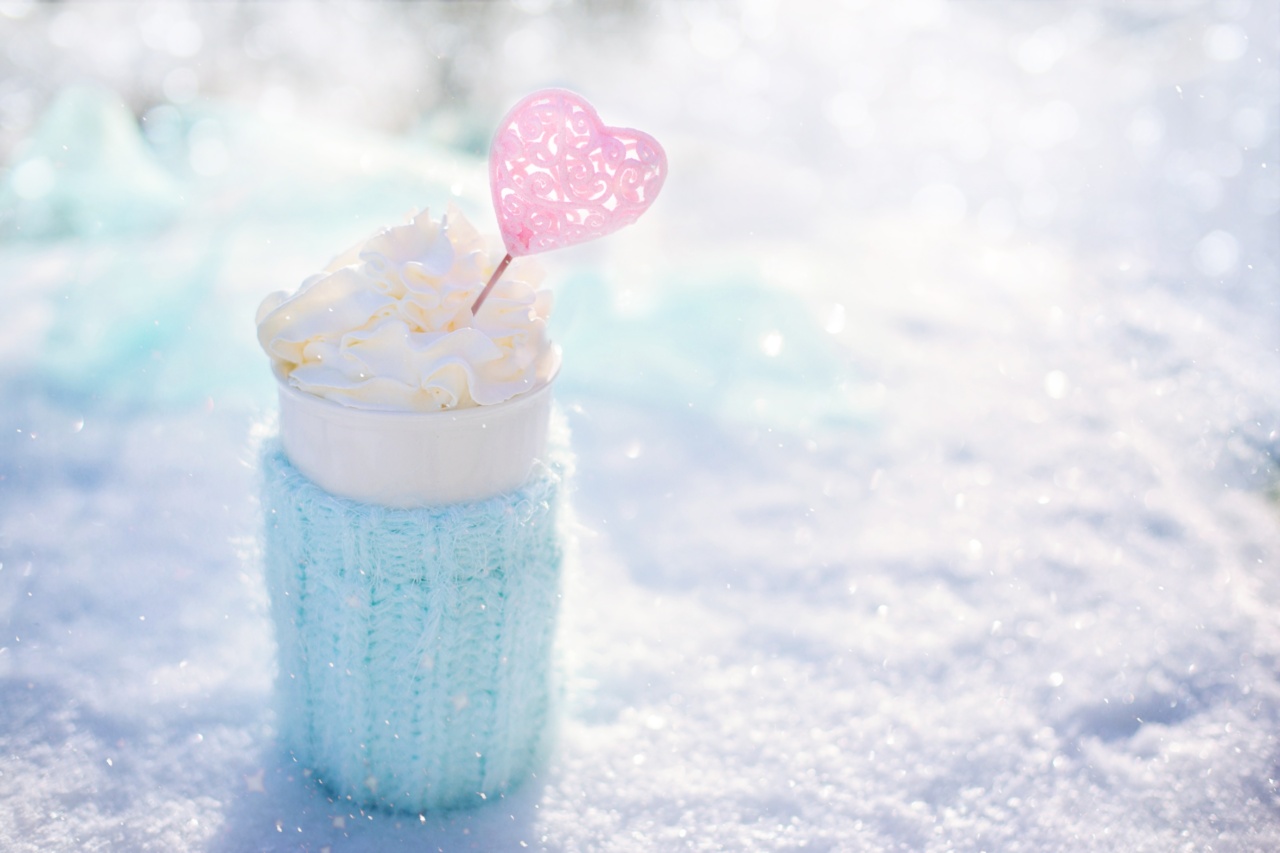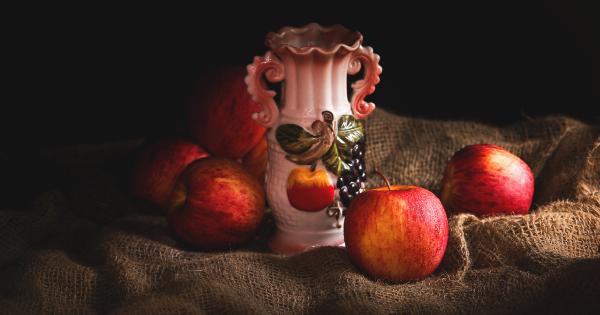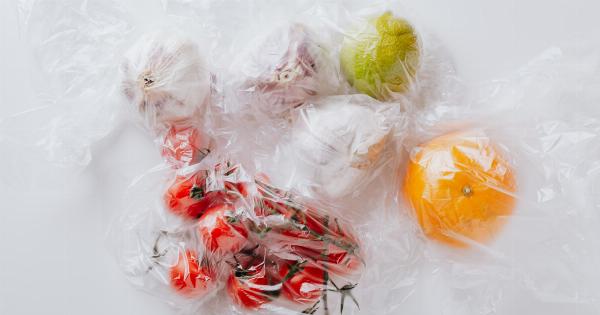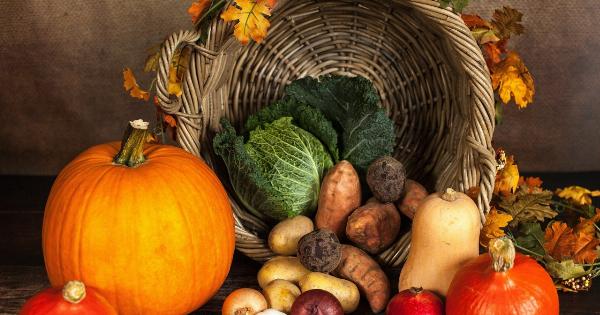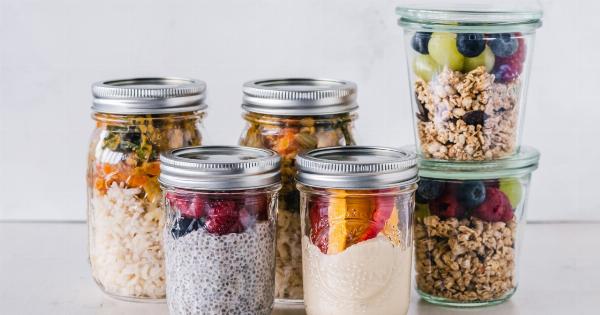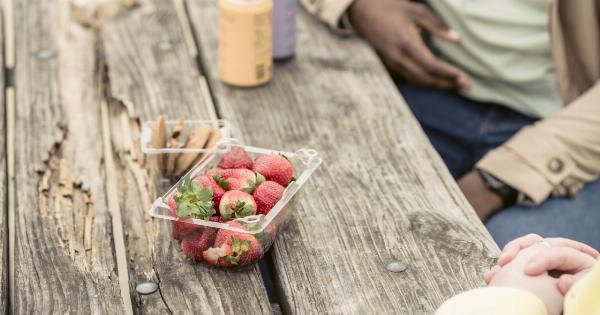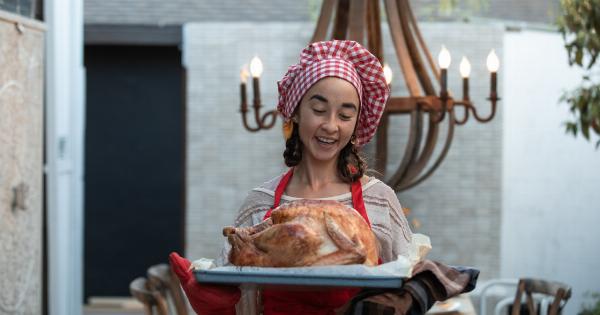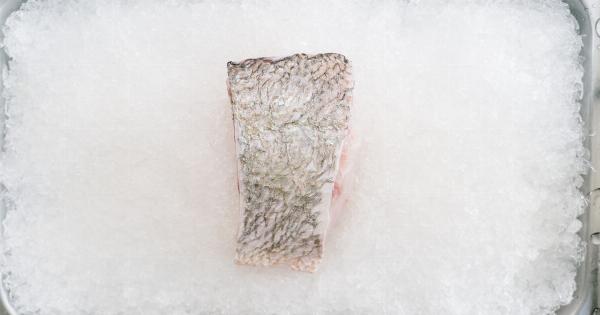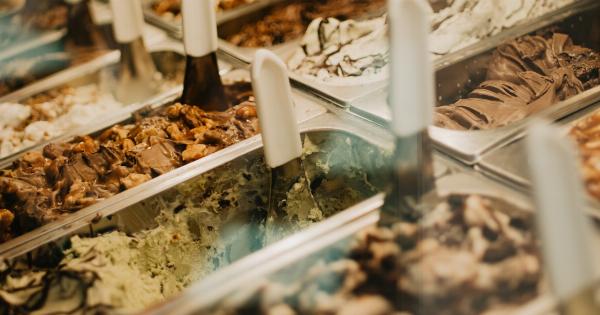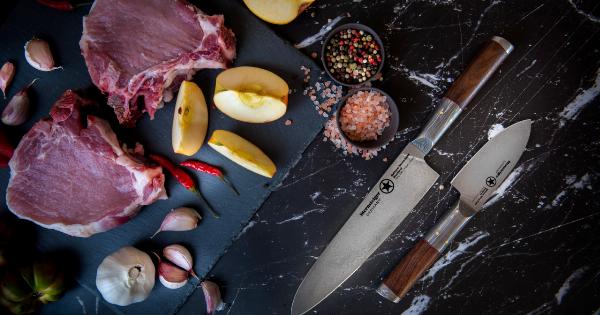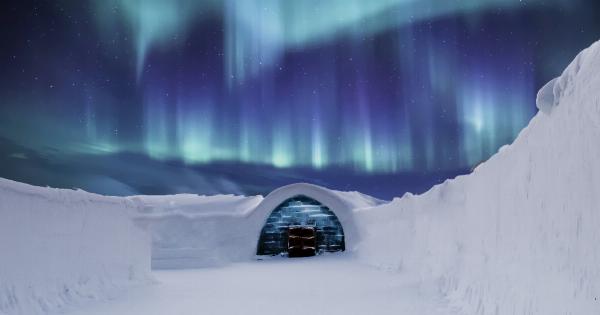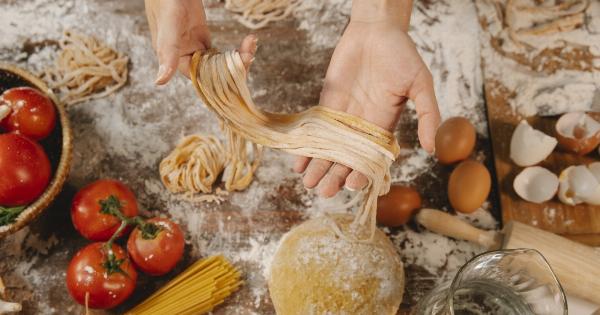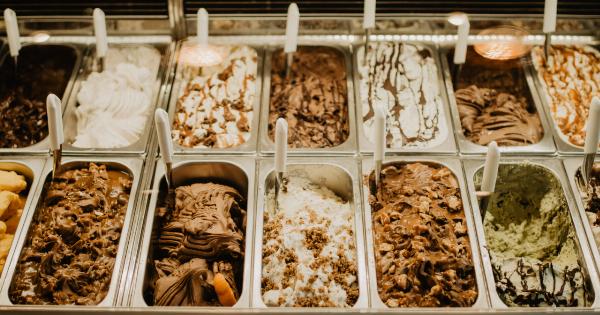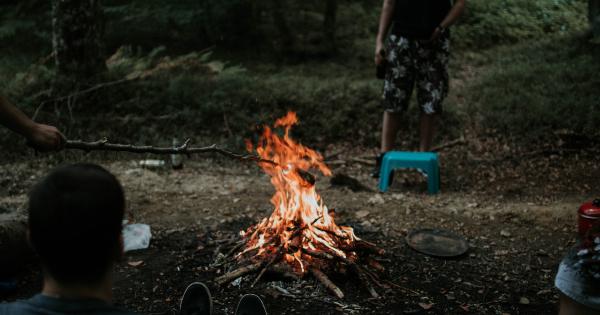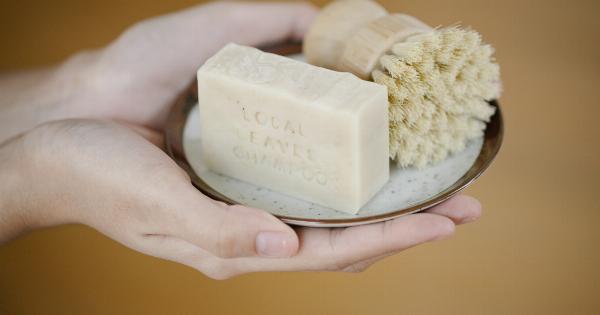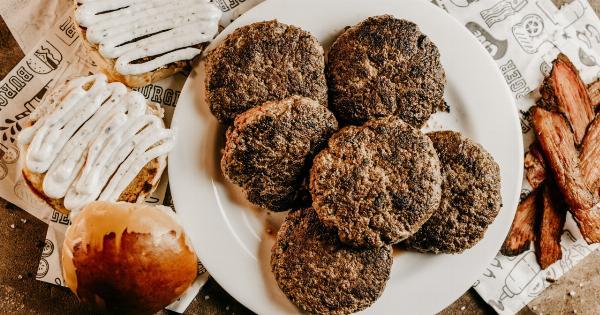Freezing is a popular method of food preservation that has been used for centuries. It involves the use of low temperatures to slow down bacterial and enzymatic activities, which helps to extend the lifespan of food and prevent spoilage.
When food is frozen, several changes occur, which can affect its taste, texture, and overall quality. In this article, we will discuss in detail what happens to food when it’s frozen.
Ice Crystal Formation
One of the most significant changes that occur when food is frozen is the formation of ice crystals. As water freezes, it expands, and this expansion can damage the cell walls of the food, leading to changes in texture and taste.
Additionally, ice crystals also move around and can puncture or rupture cells in the food. These changes can cause the food to become mushy, discolored, or lose its original flavor. To minimize the formation of ice crystals during freezing, it’s important to freeze food quickly and at low temperatures.
Loss of Moisture
When food is stored in cold temperatures, it tends to lose moisture over time. This is because the low temperature causes the water molecules in the food to move slower, and they tend to evaporate more quickly.
If not properly packaged, food can lose moisture and become dry and hard when frozen. This is especially true for items such as bread and pastries, which can lose their soft, fluffy texture when frozen.
Loss of Nutrients
While freezing can help to preserve food and extend its shelf life, it can also result in some nutrient loss. Some studies have shown that certain vitamins, such as vitamin C, can degrade over time when food is frozen.
Additionally, frozen food may lose some of its flavor and nutritional value over time if it’s not stored correctly or consumed within a specific time frame. To minimize nutrient loss, it’s important to freeze food as quickly as possible and consume it as soon as possible.
Changes in Texture
When food is frozen, it can undergo significant changes in texture, depending on the type of food. Some foods may become mushy or soft, while others may become tough and rubbery.
This is because the freezing process can cause the structure of the food to change, making it more difficult to chew or digest. To minimize these changes, it’s important to freeze food quickly and at low temperatures, as well as store it in appropriate packaging.
Freezer Burn
Freezer burn is a common issue that occurs when food is exposed to air inside a freezer. When food becomes freezer-burned, it develops white or grayish spots on the surface and can become dry and discolored.
This happens because the cold air inside the freezer removes moisture from the surface of the food, causing it to dehydrate. To avoid freezer burn, it’s important to store food in airtight containers or bags.
Changes in Taste
Freezing can cause changes in the taste of food, especially when it’s stored for an extended period of time. This is because the low temperature can alter the chemical composition of the food, leading to changes in flavor.
Additionally, frozen food may also absorb flavors and odors from other items in the freezer, which can affect its taste. To minimize changes in taste, it’s important to store food in appropriate packaging and consume it within a reasonable time frame.
Extended Shelf Life
Despite the changes that occur when food is frozen, it remains an effective method of food preservation. Freezing can extend the shelf life of food by several months or even years, depending on the type of food.
This can be especially useful for items that are not consumed frequently, such as seasonal produce or leftover meals.
Conclusions
In conclusion, freezing is a common method of food preservation that can help to extend the shelf life of food and prevent spoilage. However, it also has some drawbacks, such as changes in texture, taste, and nutrient loss.
To minimize these changes, it’s important to freeze food quickly and at low temperatures, store it in appropriate packaging, and consume it as soon as possible.
